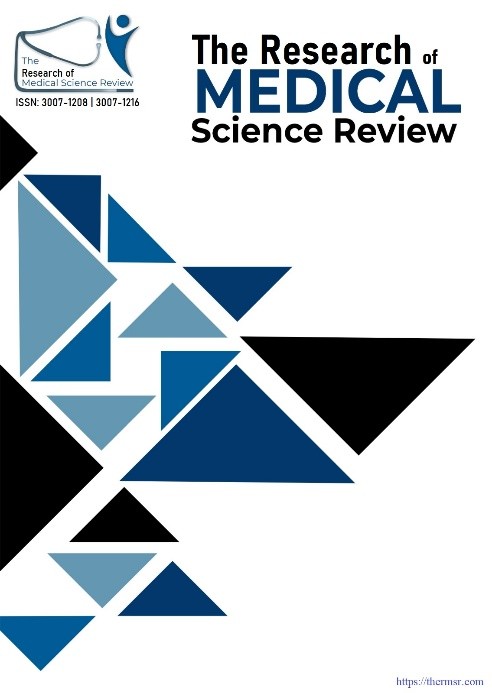FREQUENCY OF METABOLIC-ASSOCIATED FATTY LIVER DISEASE IN PATIENTS WITH DIABETES MELLITUS TYPE II
Main Article Content
Abstract
Background:
Type 2 diabetes mellitus (T2DM) and metabolic dysfunction-associated fatty liver disease (MAFLD) share a bidirectional relationship, yet the burden of MAFLD in our local diabetic population remains underexplored. This study aimed to determine the prevalence of MAFLD among T2DM patients and identify associated metabolic risk factors.
Methodology: This cross-sectional study was conducted at Fauji Foundation Hospital, Rawalpindi from September 2024–February 2025. 188 adults with age between 18–65 years and BMI ≥25 kg/m² were enrolled with T2DM. MAFLD was diagnosed via B-mode ultrasound (hepatic steatosis) plus ≥2 metabolic abnormalities: waist circumference ≥90/80 cm (men/women), BP ≥130/85 mmHg, triglycerides ≥150 mg/dL, HDL-C <40/50 mg/dL (men/women), HOMA-IR ≥2.5, or CRP >2 mg/L. Data were analyzed using SPSS.
Results: We identified 60.1% patients with MAFLD among 188 patients with T2DM. Significant correlations were seen with elevated prevalence in males, adults over 45 years of age and obese persons (p<0.001). Sedentary patients exhibited a 12.7-fold increased risk compared to their active counterparts (55.8% vs 4.4%, p<0.001), whilst a diabetic duration exceeding 10 years was associated with a prevalence of 50.4%, in contrast to 15% for those with a duration of 5 years or less (p<0.001). No significant correlation was seen between glycemic control and residential status (p>0.05).
Conclusion: MAFLD is highly prevalent in Pakistani T2DM patients, driven by obesity, insulin resistance, and inactivity. Routine screening and targeted interventions are urgently needed to mitigate hepatic and cardiometabolic risks.
Downloads
Article Details
Section

This work is licensed under a Creative Commons Attribution-NonCommercial-NoDerivatives 4.0 International License.
